10 essential tools to start building
New to the model railroad hobby, I started exploring the world of tools and kit building over the past 90 days. As a result, I compiled the 10 essential tool kit below. This is just the bare bones needed to begin building your first plastic kit. It’s not an all-inclusive list, and it doesn’t mention the supplies (like glue or paint) needed in conjunction with these tools. However, here is what I have found useful and why.
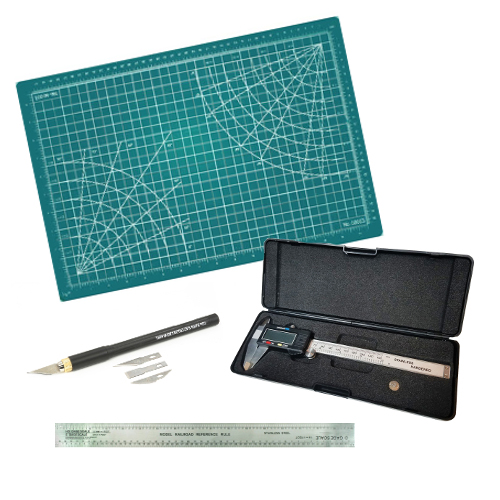
1. Hobby knife with sharp-pointed no. 11 blade and a chiseled no. 17 blade: This knife (with specific blades) works wonders for a variety of modeling tasks from cutting styrene to delicately removing pieces attached to plastic sprues (especially where there is minimal space to cut). It also works to remove the flash from the plastic parts prior to adhering them. Blades do become dull or break, so have plenty of backups. Note: Be careful when removing flash, as it’s quite easy to cut off too much. Been there and done that! Make sure the plastic cover is on the blade when not in use.
2. Metal scale rule: I am learning to use this more often. If you want to be precise and are modeling a prototype in a specific scale, this tool with allow you to do so with ease. You can also use it for cutting or drawing straight lines.
3. Self-healing cutting mat: This mat protects the surface you’re working on from getting any undesirable marks on it (e.g., knife cuts, glue drips and paint spills), and keeps your materials in place while you are cutting them. There is also a grid printed on top for aligning materials.
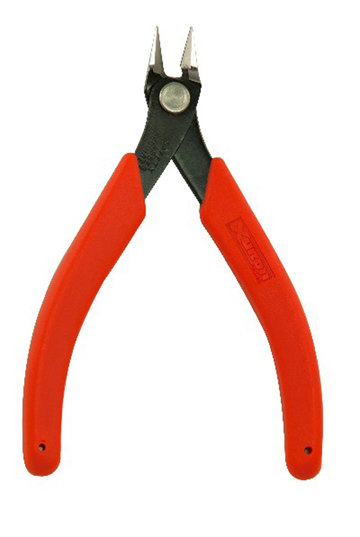
4. Sprue nippers or cutters (flush-cutting): This is my favorite tool so far. Some experts may not deem it necessary, but as a beginner, I really like it. It allows you to easily cut a piece of plastic flush on one side. A hobby knife can do this job, but often comes with a little more risk and perhaps extra filing. Note: Be careful when putting the rubber protector back on this tool, as it’s easy to stab yourself in the hand.
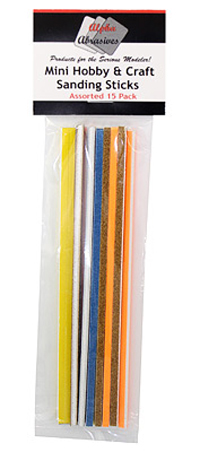
5. Jeweler’s files/flexible sanding sticks: Whenever you remove a piece from a sprue, the part often has a nub that needs to be filed down. Note: Don’t confuse a plastic nub that needs to be filed down with one needed to connect the piece to another part. I’ve done this a few times thinking it was just “extra” plastic.
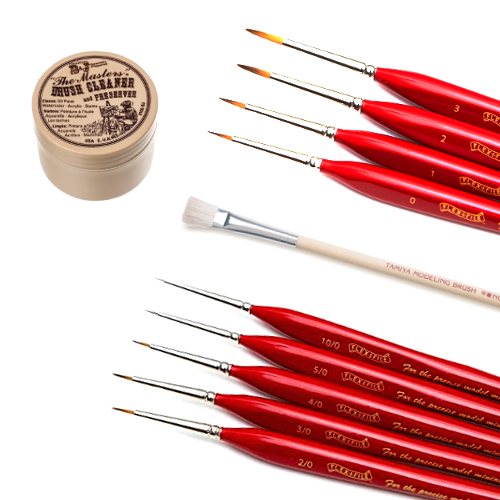
6. Paintbrushes (3 to 10-0 and flat brush): When painting a model, I use the different sized paint brushes for the intricate parts I’m working on. The smaller the brush tip, the easier it is to maneuver it into certain areas. I use the flat brush for bigger areas.
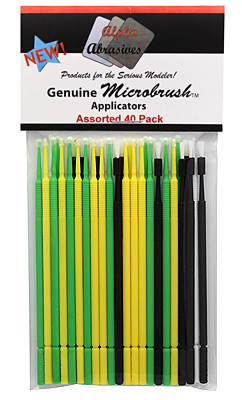
7. Microbrushes (variety pack): I’ve used these mainly for applying small amounts of glue in the hard-to-reach areas of the models or on small surfaces. You can also use them for removing materials. These brushes are an inexpensive (and disposable) option.
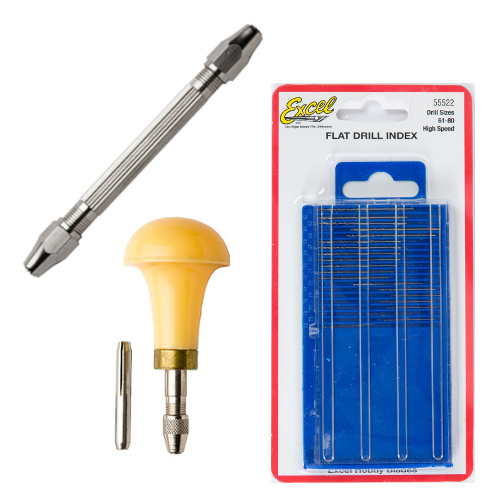
8. Pin vise with drill bits (no. 61 to no. 80): Better control and precise holes is the name of the game with this tool. It allows you to avoid using an electric drill, which can ruin the delicate plastic parts of the model.
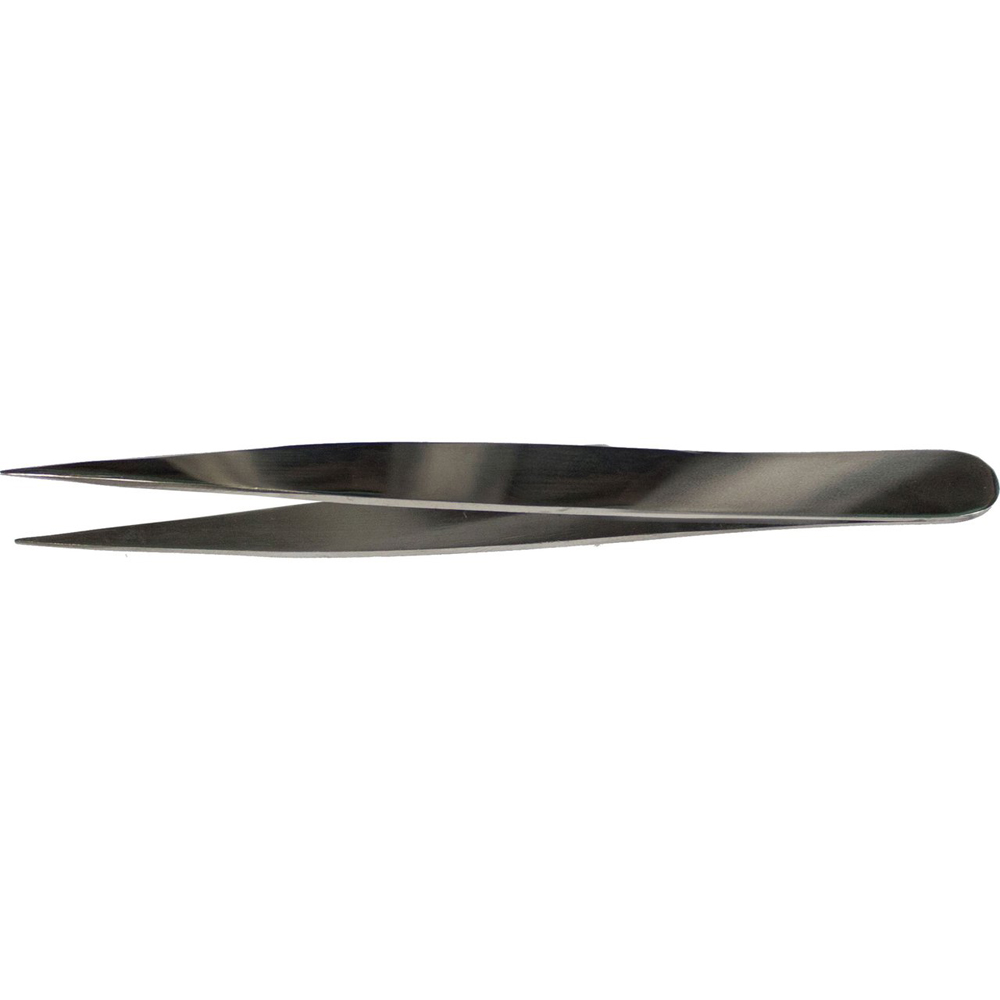
9. Tweezers: Good for small pieces that need to be adhered to the model. For instance, a small window with glue on it can be held by a tweezers and placed appropriately without getting glue on your fingers. It also lessens the risk of dropping or losing pieces that are too small to be easily handled with your fingers. It can help remove pieces as well. The options are endless.
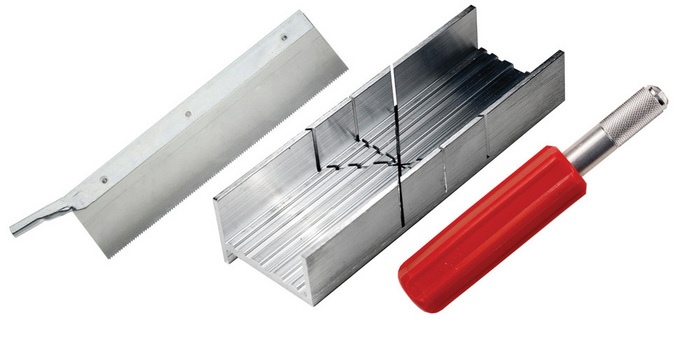
10. Razor saw and Miter box: This is used to make perfect cuts, straight or angled. Works nicely for thicker materials as well, ones that a hobby knife may not cut through easily.
Beyond kit building
If you’re looking for a more detailed list, Model Railroader senior associate editor Steven Otte has written an article that goes into more depth on the tools needed for all the different areas involved in building a model railroad such as benchwork, track laying, scenery, and more. Many of these tools are available in the Kalmbach Hobby Store. If you have any tips or advice for a beginner hobbyist (or you just really like my list), please email me at nputz@kalmbach.com.














What is the name of the ruler tool in the main photo of this article that has the calipers and digital readout?